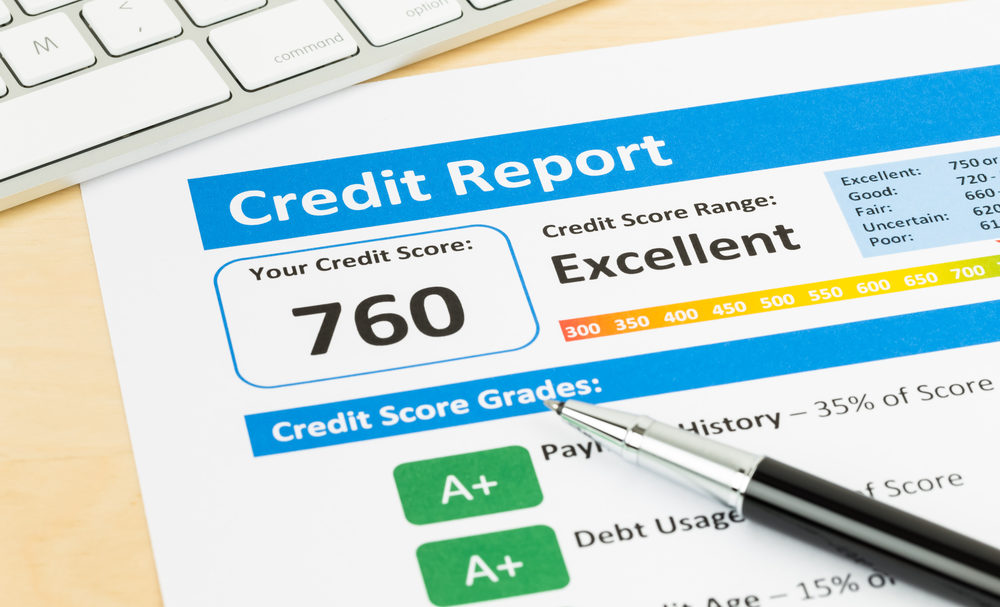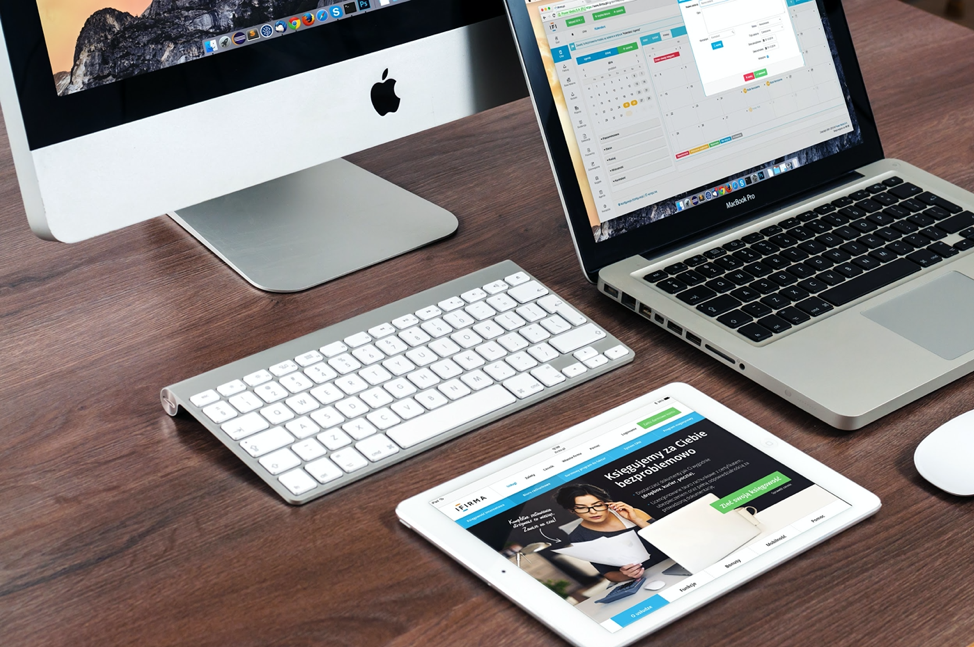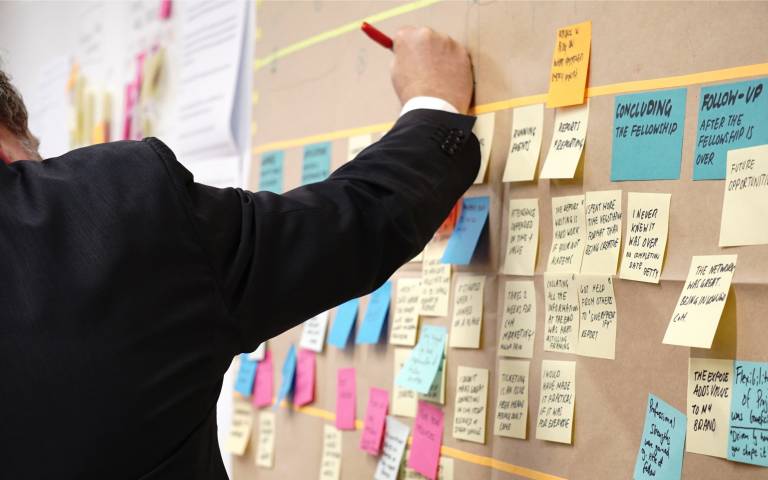It’s More Than Just a Box: Designing Packaging That Sells
Walk down any aisle, and it’s easy to see that packaging is more than just a container—it’s a powerful sales tool. In a world where consumers have endless choices, designing for shelf appeal is essential. A product only has a few seconds to make an impression, to stand out against competitors, and to draw in the consumer enough to make them stop, take notice, and eventually buy. The reality is that great packaging doesn’t just sit on a shelf; it shouts, invites, and tells a story.
To do this effectively, a blend of creativity, understanding the customer, and strategic execution is needed. Packaging design is where art meets science, and brands that succeed in nailing this balance are the ones that win over their audience in even the most competitive markets.
Know Thy Customer: Designing with the Shopper in Mind
At the core of great packaging design is a deep understanding of the consumer. Who are they? What are their habits? What do they find visually appealing? These questions are fundamental, as different audiences have different expectations. A health-conscious consumer shopping for organic snacks may be drawn to packaging that looks natural, with earthy colors and recycled materials. On the other hand, a tech-savvy young adult looking for the latest energy drink might prefer something bold, flashy, and futuristic.

Designers must align packaging with the values and desires of the target market. Using design elements like color, typography, and materials that resonate with the customer is essential. For example, luxury products often use darker colors, gold foiling, and heavy, textured paper to communicate sophistication and exclusivity. Meanwhile, kid-focused products often use bright colors, playful fonts, and cartoonish imagery to convey fun and joy.
Ultimately, understanding the consumer’s mindset at the point of sale helps brands to craft packaging that draws attention, feels familiar, and convinces them that the product is exactly what they’re looking for.
Color Psychology: Using Hues to Influence Purchase Decisions
Colors do more than just make packaging pretty—they evoke emotions and can influence purchase decisions, often subconsciously. In competitive markets, understanding color psychology is a powerful tool for brands looking to make their packaging stand out.
Consider the use of red in packaging. Red is an attention-grabbing color often associated with excitement, urgency, and passion. This is why it’s used frequently for products where brands want to create a sense of immediacy, such as limited-edition snacks or energy drinks. Blue, on the other hand, is often used to convey trust and reliability, which is why you’ll frequently see it in packaging for health and personal care products.
Food brands often lean towards earthy tones—greens, browns, and yellows—that suggest naturalness and wholesomeness. Packaging design for tech products, in contrast, often incorporates sleek metallics and stark contrasts to convey modernity and innovation. The key is to think about what the product’s color scheme communicates at first glance and ensure that it aligns with the brand message.
Typography: Making Your Message Speak at a Glance
Typography might seem like a subtle detail, but the choice of font can make or break a product’s shelf appeal. A typeface has the power to evoke an emotional response, much like color. Bold, uppercase fonts convey strength and reliability, whereas script fonts are often used to create a sense of elegance and exclusivity.
In highly competitive markets, legibility is critical. Consumers don’t have time to decipher complicated fonts. For food packaging design, a clear, easy-to-read typeface that communicates the product benefits quickly is vital. However, pairing functional text with creative elements, such as unique lettering for the brand name, can create that additional flair that grabs attention.
The placement of text is also an essential consideration. Key information should be easily visible and ideally placed at eye level when on a shelf. Consumers want to know what they are buying quickly—is it healthy, tasty, fast, or innovative? The role of typography in packaging is to answer these questions in an instant.
Shape and Structure: Using Form to Stand Out
The structure of packaging is just as important as its design elements. In fact, an unconventional shape might be the very reason a consumer reaches for a product. Take Pringles, for instance. Their cylindrical canister is as iconic as the product itself. It’s not just different; it’s practical, protecting the product inside and allowing it to stand tall and proud on shelves.
Innovative packaging structures can help brands differentiate themselves. In a market saturated with rectangular boxes and cylindrical bottles, playing with form can create a memorable impact. Stand-up pouches, for instance, have become popular in recent years for their versatility and ability to provide more branding space, making them ideal for a wide range of products.
Another significant trend is making the packaging interactive. Think about peel-away layers, packaging that transforms into something else (like reusable containers), or tactile features that make the act of picking up the product enjoyable. This tactile connection encourages consumers to engage with the product, increasing the likelihood of purchase.
Storytelling and Imagery: Making an Emotional Connection
Packaging should do more than look good—it should tell a story. Imagery and graphics play a significant role in communicating what the brand is about. For instance, a heritage food brand might use vintage-style illustrations that invoke nostalgia, while a tech brand might use clean, futuristic graphics to suggest innovation.
The goal is to create an emotional bond with the consumer. The right imagery can evoke memories, appeal to aspirations, or simply create a desire. Brands that succeed in packaging storytelling are those that consider not just what the product is, but what it represents. It’s about how the consumer wants to feel when using that product—healthy, luxurious, adventurous, or comforted.
Take, for example, the growing emphasis on sustainability. Many brands now use imagery and text that highlight their eco-friendly practices. Earthy tones, nature-inspired graphics, and simple slogans about sustainability all help tell a story that the brand cares for the environment, attracting like-minded consumers.
Conclusion: Packaging Design as a Brand’s First Spokesperson
In an increasingly competitive market, packaging design is not just about wrapping a product—it’s a crucial communication tool and often the first spokesperson for a brand. From the colors used to the structure of the packaging, every design choice has the power to attract, inform, and persuade a consumer in a split second.
The key strategies for designing packaging that stands out on crowded shelves include understanding the target audience, leveraging color psychology, using effective typography, experimenting with form and structure, and embracing storytelling. Brands that master these elements create packaging that doesn’t just house a product but creates an experience, connects emotionally, and ultimately drives sales.
As consumer expectations continue to evolve, it’s the brands that think beyond the basics—crafting packaging that delights, surprises, and communicates value—that will continue to capture attention and thrive on the shelf.






